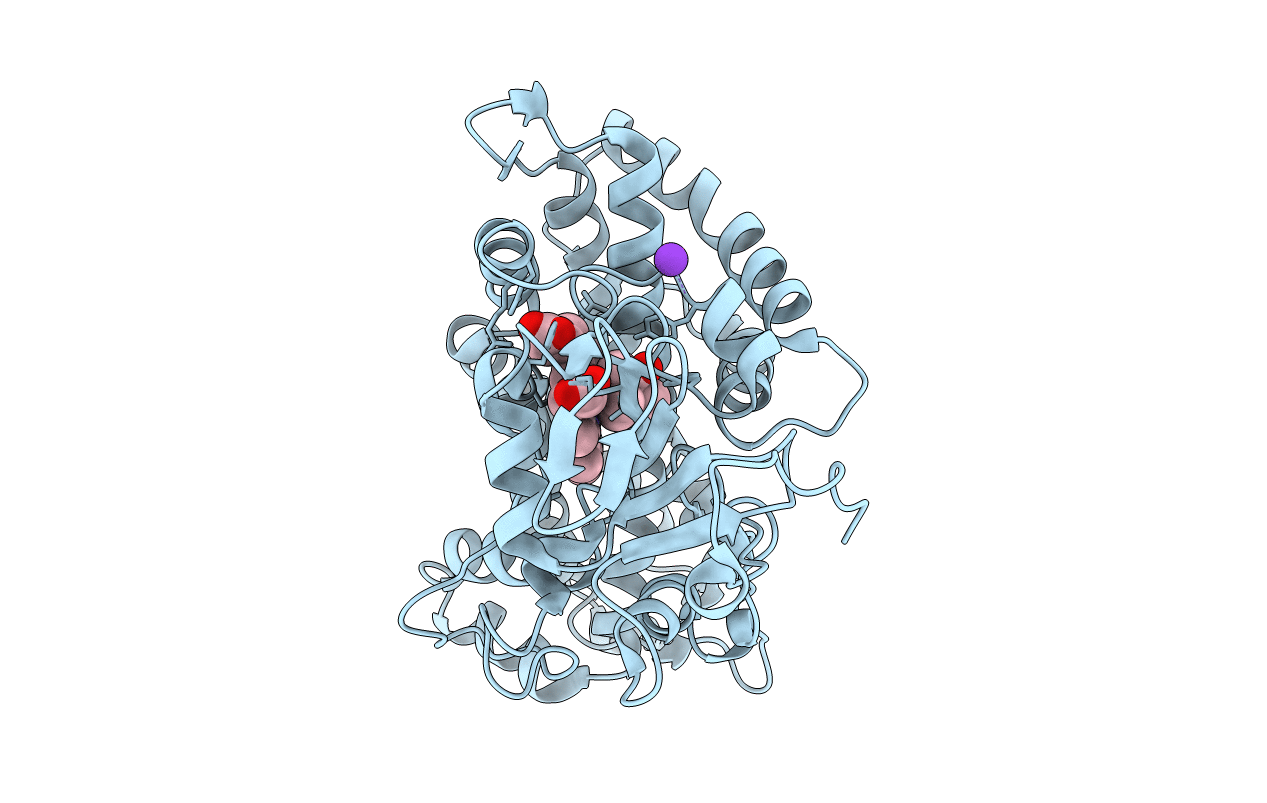
Deposition Date
2020-04-27
Release Date
2020-07-01
Last Version Date
2023-10-18
Entry Detail
Biological Source:
Source Organism:
Pseudomonas sp. TCU-HL1 (Taxon ID: 1856685)
Host Organism:
Method Details:
Experimental Method:
Resolution:
2.10 Å
R-Value Free:
0.24
R-Value Work:
0.19
R-Value Observed:
0.19
Space Group:
P 21 21 21


